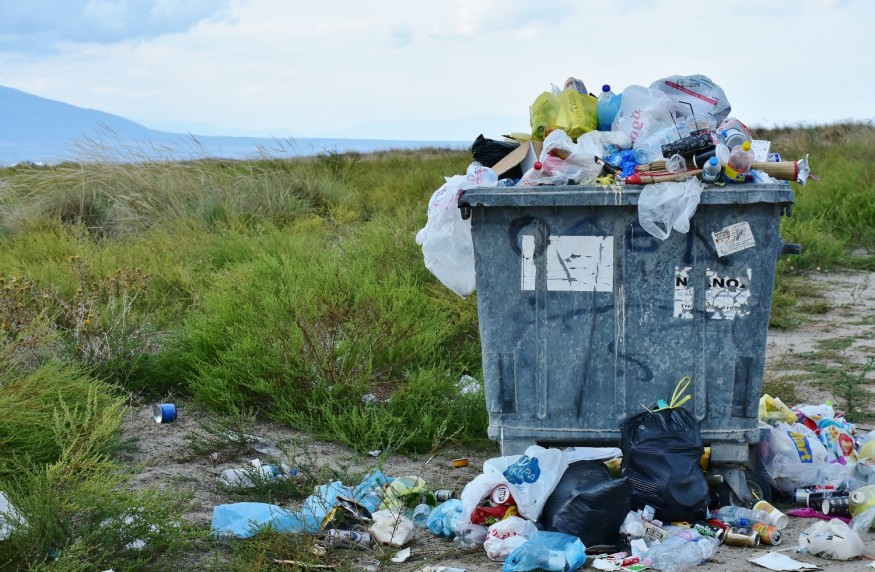While catastrophic weather occurrences worldwide are related to human-caused climate change, one narrative remains untold: the link between climate change and the items we buy.

According to a new study, total embedded carbon emissions over a product's life cycle - from raw material extraction to production, distribution, usage, and disposal - are 6.3 times the product's weight. Surprisingly, the product's supply chain is the most carbon-heavy, or what we don't see is linked to manufacturing and distribution.
Modern Age
Only in recent human history have so many of us lived our lives so far from the source of our sustenance. Today, unrestrained consumption is contributing to a changing climate that affects everyone.
Companies have spent a lot of time and money teaching consumers about the worth of the ever-increasing quantity of items for sale since the Industrial Revolution brought mass manufacturing. They've informed us what to crave, what our possessions indicate about who we are and our social standing, and why we need to acquire even more. As marketing consultant Victor Lebow wrote in the Journal of Retailing in 1955, "We need things consumed, burned up, worn out, replaced and discarded at an ever-increasing pace."
Emission Distribution

Advertisements used to be the only place where people were encouraged to buy more goods - clothing, electronics, appliances, toys, vehicles, etc. The average American was bombarded with 3,000 advertising messages each day in the 1990s.
Those in more materially prosperous regions of the world have joyfully added more things to their life and abandoned it rapidly in the last several decades. For example, in the United States, average consumer spending has doubled over the previous 50 years, and North Americans disposed of about 21 kg of electronic trash per person in 2019.
The earth's ecosystems bear witness to the repercussions of our rampant consumerism. Consumption in "developed" countries has resulted in significant logging of the world's forests, with just 3% of the world's ecosystems remaining untouched. Every year, around 8 million metric tons of plastic trash are dumped into the world's seas due to extensive manufacture, usage, and disposal of plastics.
Changes Brought by Climate Change
Climate change has changed that, taking lives and livelihoods, destroying homes and entire towns with extremes of heat, drought, wind, fire, and floods, which have historically been referred to as "tragedies of the commons." This implies that the consequences are "out there," that the degradation and devastation have not been experienced firsthand - but climate change has changed that, taking lives and livelihoods, destroying homes and entire towns with extremes of heat, drought, wind, fire, and floods.
Carbon Life Cycle
It starts with gathering "resources" - minerals, metals, oil, water, and wood - and continues with their assembly into goods, distribution, consumption, and, in many cases, prompt disposal. Every stage of a product's life cycle impacts the environment and leaves a carbon footprint.
Trees, for example, constitute the world's carbon storage, yet the UN Environment Program (UNEP) predicts that 10 million hectares of forest are destroyed each year. According to the US Environmental Protection Agency, furniture and furnishings in municipal garbage (mainly wood goods) amounted to approximately 9 million metric tons in 2018, about five times landfilled in 1960.
Despite this, old-growth forests are still being chopped down, and buyers are unaware of which forest products include 100-year-old trees.
While various ways of creating or purchasing reduce our carbon footprint, the world's wealthiest will ultimately need to create and consume less.
Actions to Take

Making a conscious effort to spend less during the holidays may significantly impact. For example, between Thanksgiving and New Year's Day, Americans create 25% more garbage, abandoning half of their annual paper waste - holiday wrapping and decorations - totaling roughly 8 billion metric tons.
Indeed, acknowledging the wealthy's excessive consumption and climate impact is an essential part of coming to terms with consumption and climate change. According to UNEP, the world's wealthiest 10% produces over 50% of global carbon dioxide emissions, while the world's lowest 50% contributes only 12% of worldwide emissions.
Giving is a fantastic method for connecting with the people we care about. Families, friendships, and communities are strengthened through giving. Such relationships, it may be said, are required today more than ever. But we must relearn what the never-ending barrage of consuming stories has taught us.
For more environmental news, don't forget to follow Nature World News!
© 2025 NatureWorldNews.com All rights reserved. Do not reproduce without permission.





